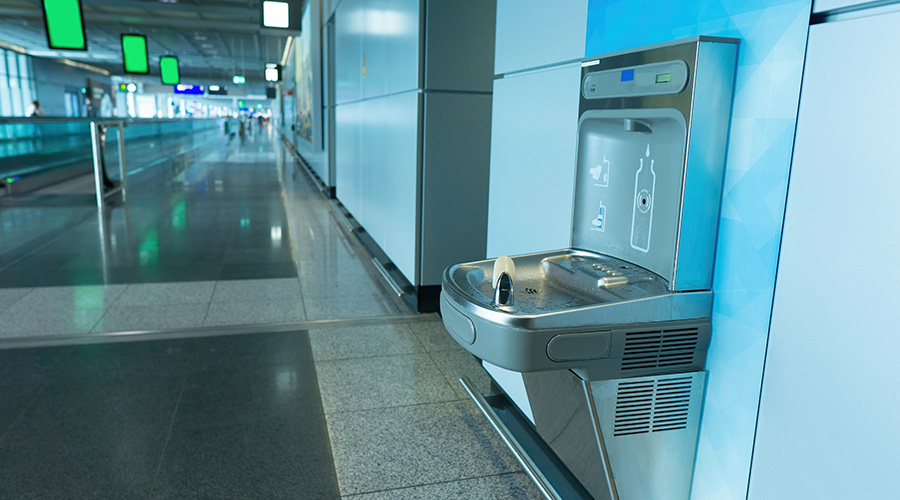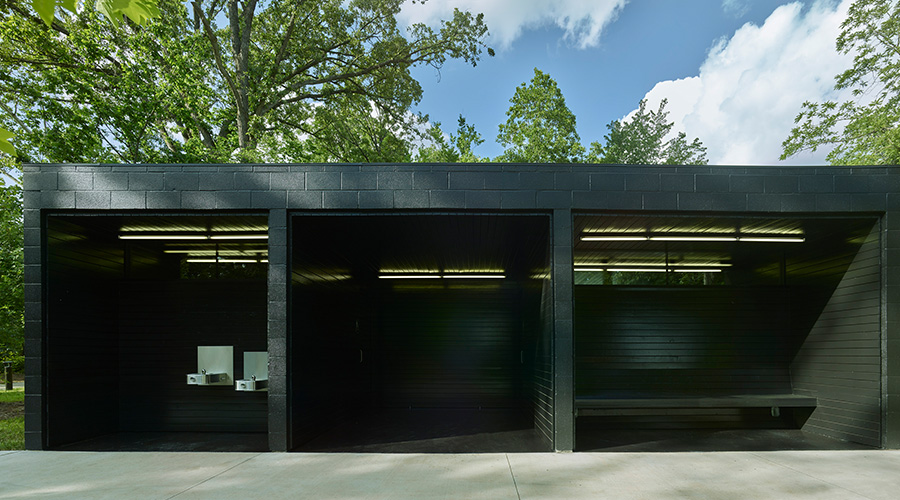Video Inspection Technology: Drain Cleaning With a View
Front-line technicians were diagnosing and removing blockages from drains and piping systems in institutional and commercial facilities long before video-inspection technology emerged. But with video capability, they no longer have to play the guessing game.
“The old-timers knew what the facilities were like and guessed the problems,” says Marty Silverman with General Pipe Cleaners. “Now, with a camera, you don’t have to guess and can learn exactly where the problem is. It’s a great advantage for diagnosing problems.”
While video inspection is a newer technology, running out to purchase the most expensive and technologically advanced camera is not always a financially sound investment for maintenance and engineering managers. Managers must consider a facility’s age, activities and operations — not to mention the size of the piping system — when specifying drain-cleaning equipment.
Benefits of video
Video-inspection cameras emerged as a realistic option for technicians in the late 1990s, when cameras became smaller in size, Silverman says.
Now, he says, “The price has gotten to the point where it’s gone down, and they’ve become even more compact to be a portable camera system. That, of course, has improved at a rapid pace as well. You used to record on VHS tape. Now it’s on to a USB or a flash drive.”
Most drain-cleaning cameras generally have the same design, but there are differences that distinguish them, Silverman says.
“All camera systems put a miniature TV camera with lights inside a waterproof enclosure,” he says. “The camera is attached to a pushrod with a fiberglass core and wires carrying power and the camera signal back to the surface. The images are viewed on a monitor and may be recorded.”
Additional camera system features often include: the ability to self-level so the cameras are always right-side up; pushrods that protect wires from water damage and go as long as 400 feet; small monitors that offer digital
images; and the capability to easily target difficult blockages in pipes.
The ability to diagnose recurring problems is one of the primary benefits of using video-inspection systems for drain cleaning.
One situation that might warrant an inspection camera is, “a drain line that clogs on a regular basis,” says Mark Speranza with Electric Eel Manufacturing. “A camera can identify a collapsed or broken pipe so the problem can be fixed. Routine inspections can also be performed as a preventive measure to ward off a problem before it occurs.”
Video capability makes it easier for technicians to see the type of blockages in question, instead of having to guess at the problem.
“Video inspection allows you to see the type of blockage you’re dealing with and pick the appropriate tool to deal with that blockage,” says Joe Schaper with RIDGID. “If you’re dealing with roots, you have to use the proper cutter head. If not, you’ll be there all day and not clear the blockages.”
Video inspection cameras also have become valuable instruments for conducting inspections prior to selling a building or showing proof of properly completed work.
“My biggest thing is the proof of work,” says James McGregor with RIDGID. “It’s a very compelling statement when you can tell someone where the problem is. It’s evidence you’re not trying to take them for a ride when getting a repairing or cleaning. The proof is here there’s a problem, and here’s what the problem is.”
Knowing the direct cause of a blockage can potentially facilities thousands of dollars in maintenance costs.
“If (a technician) is guessing, he’ll tear up a lot of ground and it will be costly, whereas with a camera he’ll know exactly where the problem is and only dig up what he has to,” Silverman says.
Related Topics:













